Home>Articles>How Long Does It Take A Frigidaire Ice Maker To Make Ice
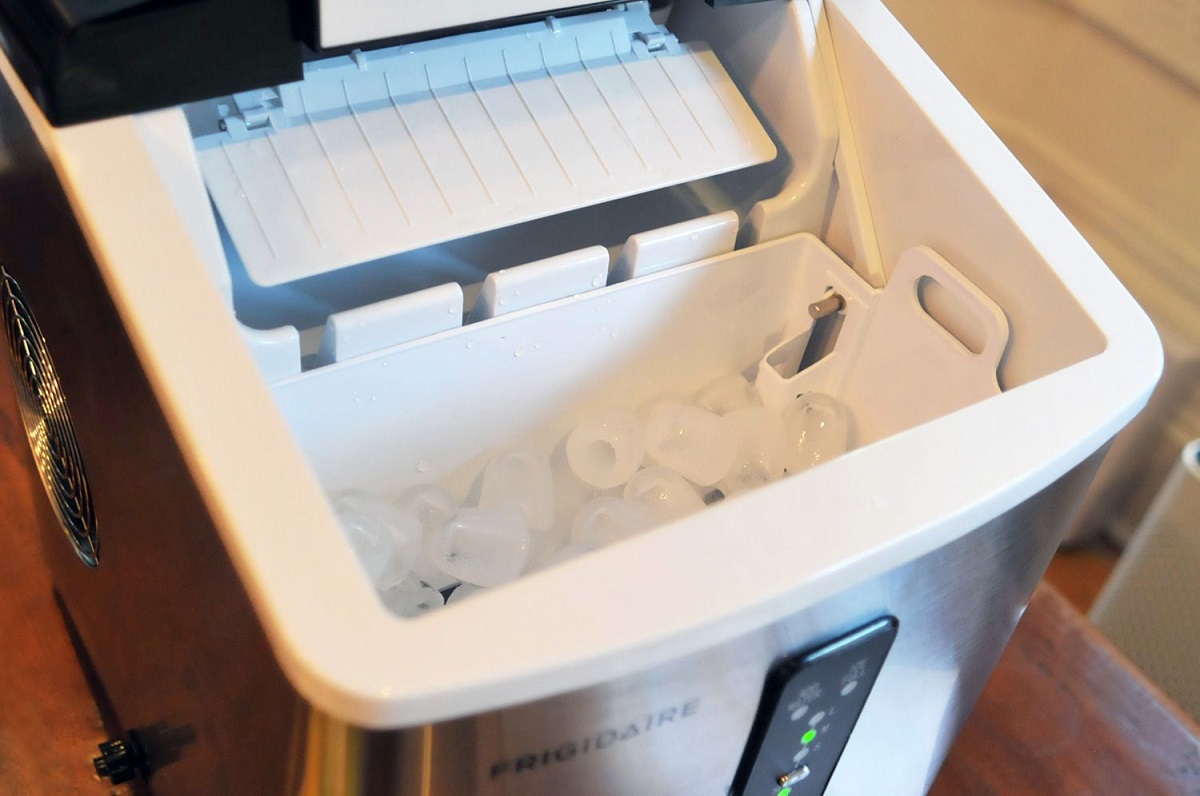

Articles
How Long Does It Take A Frigidaire Ice Maker To Make Ice
Modified: October 19, 2024
Discover how long it takes for a Frigidaire ice maker to produce ice with our informative articles. Find out the ideal timeframe for ice production.
(Many of the links in this article redirect to a specific reviewed product. Your purchase of these products through affiliate links helps to generate commission for Storables.com, at no extra cost. Learn more)
Introduction
Welcome to this article where we will explore the fascinating world of Frigidaire ice makers and uncover the secrets behind their ice-making capabilities. If you’ve ever wondered how long it takes for a Frigidaire ice maker to make ice, or if you’re considering purchasing one and want to know what factors can affect the ice-making time, you’ve come to the right place.
Frigidaire is a renowned brand known for its high-quality home appliances, including refrigerators with built-in ice makers. These ice makers are designed to provide a convenient and constant supply of ice for all your needs, whether it’s for a refreshing drink on a hot summer’s day or to entertain guests at a party.
Understanding how Frigidaire ice makers work and the factors that can influence their ice-making time can help you make the most out of these appliances.
In this article, we will delve into the ice making process of Frigidaire ice makers, discuss the typical ice-making times for these appliances, and provide some tips to shorten the ice-making time. Additionally, we will address common issues that may affect the ice-making performance of Frigidaire ice makers and offer troubleshooting solutions.
So, whether you already own a Frigidaire ice maker or are considering purchasing one, read on to discover everything you need to know about how long it takes a Frigidaire ice maker to make ice.
Key Takeaways:
- Understanding the factors that affect the ice-making time of a Frigidaire ice maker, such as temperature, water supply, and ice maker settings, can help optimize its performance and ensure a consistent supply of ice.
- By following tips to shorten ice making time, such as adjusting freezer temperature, using cold water, and maintaining a consistent water supply, users can expedite the ice-making process and enjoy refreshing ice cubes more quickly.
Understanding the Frigidaire Ice Maker
Before diving into the factors that affect the ice-making time of a Frigidaire ice maker, let’s first gain a better understanding of how this appliance operates.
The Frigidaire ice maker is typically located inside the freezer compartment of a Frigidaire refrigerator. It is designed to automatically produce ice cubes, eliminating the need for manual ice tray filling and freezing.
The ice maker consists of several key components, including a water supply line, a water inlet valve, an ice mold, a thermostat, a heating element, a motor, and an ice bin. Here’s a breakdown of how these components work together to create ice:
- The water supply line connects to the household water supply and delivers water to the ice maker.
- The water inlet valve controls the flow of water into the ice maker. When the ice maker calls for water, the valve opens, allowing water to enter.
- The water is then directed to the ice mold, which is a rectangular tray with individual cube-shaped compartments.
- The thermostat monitors the temperature inside the ice mold. When the temperature drops below a certain point, the thermostat signals the ice maker to start the freezing process.
- The motor activates, causing the ice mold to rotate. As it rotates, water fills the compartments, and the heating element releases heat to help freeze the water quickly.
- After a certain period of freezing, the motor reverses the rotation of the ice mold, causing the ice cubes to be released into the ice bin.
- The ice bin collects and stores the ice cubes until they are needed.
It’s important to note that the ice maker follows a specific cycle of filling, freezing, and releasing the ice cubes. Once the ice bin is full, the ice maker will stop producing ice until some of the ice is used or removed from the bin.
Now that we have a better understanding of how the Frigidaire ice maker works, let’s explore the factors that can impact the time it takes for this appliance to make ice.
Factors Affecting Ice Making Time
Several factors can influence the time it takes for a Frigidaire ice maker to produce ice. Understanding these factors can help you optimize the ice-making process and ensure a consistent supply of ice. Let’s take a closer look at each of these factors:
- Temperature: The temperature of the freezer compartment plays a crucial role in the ice-making process. Frigidaire ice makers are designed to operate within a specific temperature range, typically between 0°F and 5°F (-18°C to -15°C). If the freezer temperature is set too high or fluctuates significantly, it can prolong the ice-making time.
- Water supply: The quality and temperature of the water supplied to the ice maker can affect ice production. It is recommended to use filtered water to prevent impurities from affecting the taste and clarity of the ice. Additionally, if the water temperature is too high, it may take longer for the ice to freeze.
- Ice maker settings: Frigidaire ice makers usually come with adjustable settings, allowing you to control the size and quantity of the ice cubes produced. If you have set the ice maker to produce larger ice cubes or a larger quantity of ice, it may take longer for the ice maker to complete each ice-making cycle.
- Ice maker capacity: The capacity of the ice maker, specifically the size of the ice mold and the ice bin, can affect the ice-making time. If the ice bin is already full, the ice maker will pause its operation until there is space available to store additional ice cubes.
- Frequency of use: The frequency at which the ice maker is used can impact the ice-making time. If the ice maker is constantly being used and removing ice cubes from the bin, it will take longer to accumulate enough ice to meet the demand.
It’s important to note that while these factors can influence the ice-making time of a Frigidaire ice maker, the specific duration can vary depending on the model and individual circumstances.
Now that we understand the factors that can affect ice making time, let’s explore the step-by-step process of how a Frigidaire ice maker produces ice.
The Ice Making Process
The ice making process of a Frigidaire ice maker involves a series of steps that work together to create ice cubes. Understanding this process can provide insights into the time it takes for the ice maker to produce ice. Here’s a breakdown of the ice making process:
- Water intake: The ice making process begins when the ice maker signals the water inlet valve to open. This allows water to flow from the household water supply into the ice maker.
- Water distribution: The water is directed to the ice mold, which is a tray with individual cube-shaped compartments. The water fills each compartment properly to ensure the formation of well-formed ice cubes.
- Freezing: Once the water is distributed evenly in the ice mold, the freezing process begins. The thermostat inside the ice maker monitors the temperature, and when it reaches a certain point, the ice maker activates the freezing mechanism.
- Rotation and freezing: The ice mold starts to rotate with the help of a motor. This rotation ensures that the water freezes evenly and prevents the formation of ice dams or air bubbles. As the rotation continues, the water in each compartment gradually freezes into solid ice cubes.
- Ice release: After a sufficient freezing period, the motor reverses the rotation of the ice mold. This motion causes the now-frozen ice cubes to be released from the compartments and fall into the ice bin below.
- Ice collection: The released ice cubes are collected in the ice bin, ready for use. The ice bin keeps the ice cubes frozen and prevents them from melting. The ice maker will continue to produce ice as long as there is space in the ice bin and the necessary conditions are met.
The time it takes for the Frigidaire ice maker to complete each ice-making cycle can vary depending on factors such as the freezer temperature, water temperature, and size of the ice cubes being produced. On average, it can take anywhere from 4 to 6 hours for a Frigidaire ice maker to produce a full batch of ice cubes.
Now that we have a clear understanding of the ice-making process, let’s explore the typical ice-making times for Frigidaire ice makers.
The time it takes for a Frigidaire ice maker to produce ice can vary depending on factors such as the model, temperature settings, and water quality. Generally, it can take anywhere from 1 to 3 hours for the first batch of ice to be produced after the initial setup. Subsequent batches may take around 30-60 minutes to be made.
Typical Ice Making Times for Frigidaire Ice Makers
The ice making time for Frigidaire ice makers can vary depending on various factors, including the model and specific settings. However, there are general guidelines regarding the typical ice making times for these appliances.
On average, it can take approximately 4 to 6 hours for a Frigidaire ice maker to produce a full batch of ice cubes. This duration may be affected by factors such as the freezer temperature, water temperature, and the size of the ice cubes being produced.
If the freezer temperature is set within the recommended range of 0°F to 5°F (-18°C to -15°C), it creates an optimal environment for ice making. Colder temperatures promote faster freezing, which can result in quicker ice production. Conversely, if the freezer temperature is higher than the recommended range, it may prolong the ice making time.
The water temperature also plays a role in the ice making process. Using cold water directly from the water supply can expedite ice production, while warmer water may result in longer freezing times. It is advisable to opt for cold or cool water to enhance the efficiency of the ice maker.
The size of the ice cubes being produced can also impact the ice making time. Frigidaire ice makers typically offer options to adjust the size of the ice cubes. Producing larger ice cubes may require additional freezing time, while smaller cubes may freeze more quickly. This allows users to customize the ice sizes according to their preferences, but it’s important to consider the potential impact on the ice making time.
Furthermore, it’s important to note that the ice maker operates in cycles. Once the ice bin is full, the ice maker will pause its production until some of the ice is used or removed from the bin. This is a normal behavior designed to prevent ice overflow and maintain the quality of the ice cubes.
However, it’s worth mentioning that these are general estimates, and the actual ice making time may vary based on individual circumstances and specific models of Frigidaire ice makers. It’s always recommended to refer to the user manual or manufacturer’s guidelines for precise information regarding ice making times for your specific appliance.
Now, let’s explore some useful tips that can help shorten the ice making time of your Frigidaire ice maker.
Read more: How To Make Ice in Frigidaire Ice Maker
Tips to Shorten Ice Making Time
If you’re looking to speed up the ice making process with your Frigidaire ice maker, here are some tips that can help shorten the ice making time:
- Lower the freezer temperature: The temperature of your freezer plays a crucial role in ice making. Set the freezer temperature within the recommended range of 0°F to 5°F (-18°C to -15°C) to optimize ice production. Lower temperatures can expedite the freezing process, resulting in faster ice cube formation.
- Use cold water: When filling your Frigidaire ice maker with water, opt for cold water from your household water supply. Cold water freezes faster than warm water, which can speed up the ice making process. Avoid using hot water as it may take longer to freeze and affect ice production time.
- Keep the ice maker well-stocked: Ensure that the ice bin is not completely empty before starting a new ice-making cycle. Having a few existing ice cubes in the bin helps to lower the overall temperature, allowing for faster freezing of subsequent batches. It also reduces the time needed for the ice cubes to reach the desired consistency.
- Choose smaller ice cube sizes: Frigidaire ice makers often offer the option to adjust the size of the ice cubes produced. Opting for smaller cube sizes can speed up the freezing process as they have less mass and require less time to freeze. Consider selecting smaller ice cube sizes if time is a crucial factor for you.
- Maintain a consistent water supply: Ensure that your Frigidaire ice maker has a steady and adequate water supply. Check that the water line is not kinked or blocked and that the water inlet valve is functioning correctly. A sufficient water supply allows for quicker filling of the ice mold compartments, expediting the ice-making process.
- Regularly clean and maintain your ice maker: Keeping your Frigidaire ice maker clean and well-maintained can contribute to efficient ice production. Regularly remove any built-up ice or debris from the ice mold, wipe down the interior of the ice maker, and follow the manufacturer’s recommendations for cleaning and maintenance. A clean ice maker operates more effectively, resulting in faster ice making times.
By following these tips, you can help shorten the ice making time of your Frigidaire ice maker and ensure a consistent supply of ice for your needs.
However, if you encounter any issues or delays with your ice maker, it’s important to troubleshoot and resolve them promptly. Let’s explore some common issues and troubleshooting solutions for Frigidaire ice makers next.
Troubleshooting Common Issues with Frigidaire Ice Makers
While Frigidaire ice makers are generally reliable, there can be instances where you may encounter some common issues that affect their ice-making performance. Here are some troubleshooting steps to address these issues:
- No ice production: If your Frigidaire ice maker is not producing any ice, start by checking the water supply. Ensure that the water line is connected properly and not kinked or clogged. Also, verify that the water supply valve is fully open. If the water supply is fine, check the temperature setting of the freezer. An excessively high freezer temperature can prevent ice production. Adjust the freezer temperature within the recommended range of 0°F to 5°F (-18°C to -15°C) to promote ice making.
- Small or hollow ice cubes: If your Frigidaire ice maker is producing undersized or hollow ice cubes, it may indicate insufficient water fill. Ensure that the water inlet valve is fully open to allow an adequate water supply. Additionally, check the water pressure and make sure it is within the recommended range. Low water pressure can lead to smaller or hollow ice cubes. If the issue persists, consider replacing the water filter if it is overdue for a change, as a clogged filter can affect water flow.
- Ice clumps or ice dispenser issues: If the ice cubes are clumping together or the ice dispenser is not working properly, it may be due to a faulty ice dispenser motor, a defective ice dispenser solenoid, or ice build-up within the dispenser chute. Check for any obstructions, remove any ice clumps, and clean the dispenser chute thoroughly. If the problem persists, it is recommended to contact Frigidaire customer support or a qualified technician for further assistance.
- Leaking or freezing water: If you notice water leaking from your Frigidaire ice maker or freezing around the ice maker area, it may be an indication of a faulty water inlet valve or a problem with the water line. Carefully inspect the water supply line for any cracks, leaks, or blockages. If the water inlet valve is defective, it may need to be replaced. It is advisable to seek professional help in such cases to ensure proper diagnosis and resolution.
- Unusual noises or vibrations: If your Frigidaire ice maker is producing excessive noise or vibrations during operation, it may indicate loose or misaligned components. Check for any loose screws, bolts, or panels and tighten them if necessary. Additionally, make sure that the ice maker is level and properly seated within the freezer compartment. If the noise or vibrations persist, it is recommended to contact Frigidaire customer support or a qualified technician for further assessment.
It’s important to remember that troubleshooting steps may vary based on the specific model of your Frigidaire ice maker. Refer to the user manual or contact Frigidaire customer support for model-specific troubleshooting guidance.
By addressing these common issues, you can ensure that your Frigidaire ice maker operates efficiently, providing you with a consistent supply of ice. Now, let’s wrap up our discussion.
Conclusion
In conclusion, understanding how long it takes for a Frigidaire ice maker to make ice is essential for optimizing its performance and ensuring a sufficient supply of ice for your needs. The ice making process of a Frigidaire ice maker involves several key components working together to produce ice cubes.
Factors such as the temperature of the freezer, water supply, ice maker settings, capacity, and frequency of use can all influence the ice making time. By maintaining the freezer temperature within the recommended range, using cold water, and adjusting the ice cube size, you can help shorten the ice making time of your Frigidaire ice maker.
Furthermore, troubleshooting common issues such as no ice production, small or hollow ice cubes, dispenser problems, leaks, and unusual noises can help ensure smooth operation and efficient ice making. Regular cleaning and maintenance of your Frigidaire ice maker are also crucial to maintain its optimal performance.
While the typical ice making time for Frigidaire ice makers can range from 4 to 6 hours for a full batch of ice cubes, it’s important to note that individual circumstances and specific models can affect these times. Consulting the user manual or contacting Frigidaire customer support for model-specific information is recommended.
With the tips and troubleshooting steps provided in this article, you can make the most out of your Frigidaire ice maker and enjoy a constant supply of refreshing ice cubes. Whether you’re hosting a gathering, enjoying a cold beverage, or simply want to beat the summer heat, your Frigidaire ice maker will be there to provide the ice you need.
Remember to always follow the manufacturer’s guidelines and recommendations for your specific Frigidaire ice maker to ensure optimal performance and longevity. Cheers to cool and refreshing ice cubes on-demand!
Once you've mastered the timing of your Frigidaire ice maker, why not ensure it's as efficient as can be? Keeping your ice maker clean not only prolongs its life but also maintains the quality of ice it produces. Dive into our detailed guide on refrigerator maintenance, where you’ll pick up all the necessary steps for pristine ice every time. Maintaining these devices is simpler than you might think, and with the right know-how, you'll keep things running smoothly.
Frequently Asked Questions about How Long Does It Take A Frigidaire Ice Maker To Make Ice
Was this page helpful?
At Storables.com, we guarantee accurate and reliable information. Our content, validated by Expert Board Contributors, is crafted following stringent Editorial Policies. We're committed to providing you with well-researched, expert-backed insights for all your informational needs.
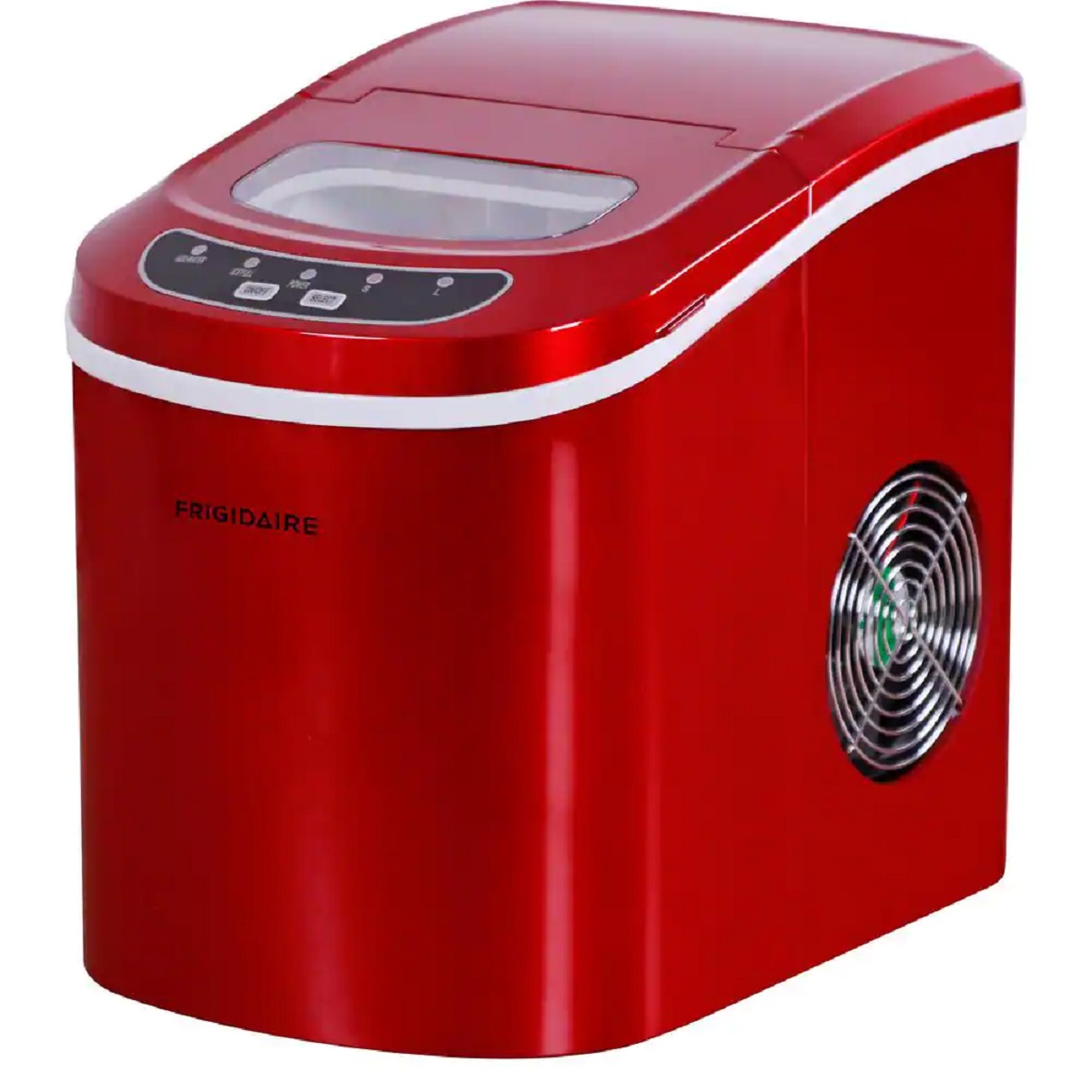
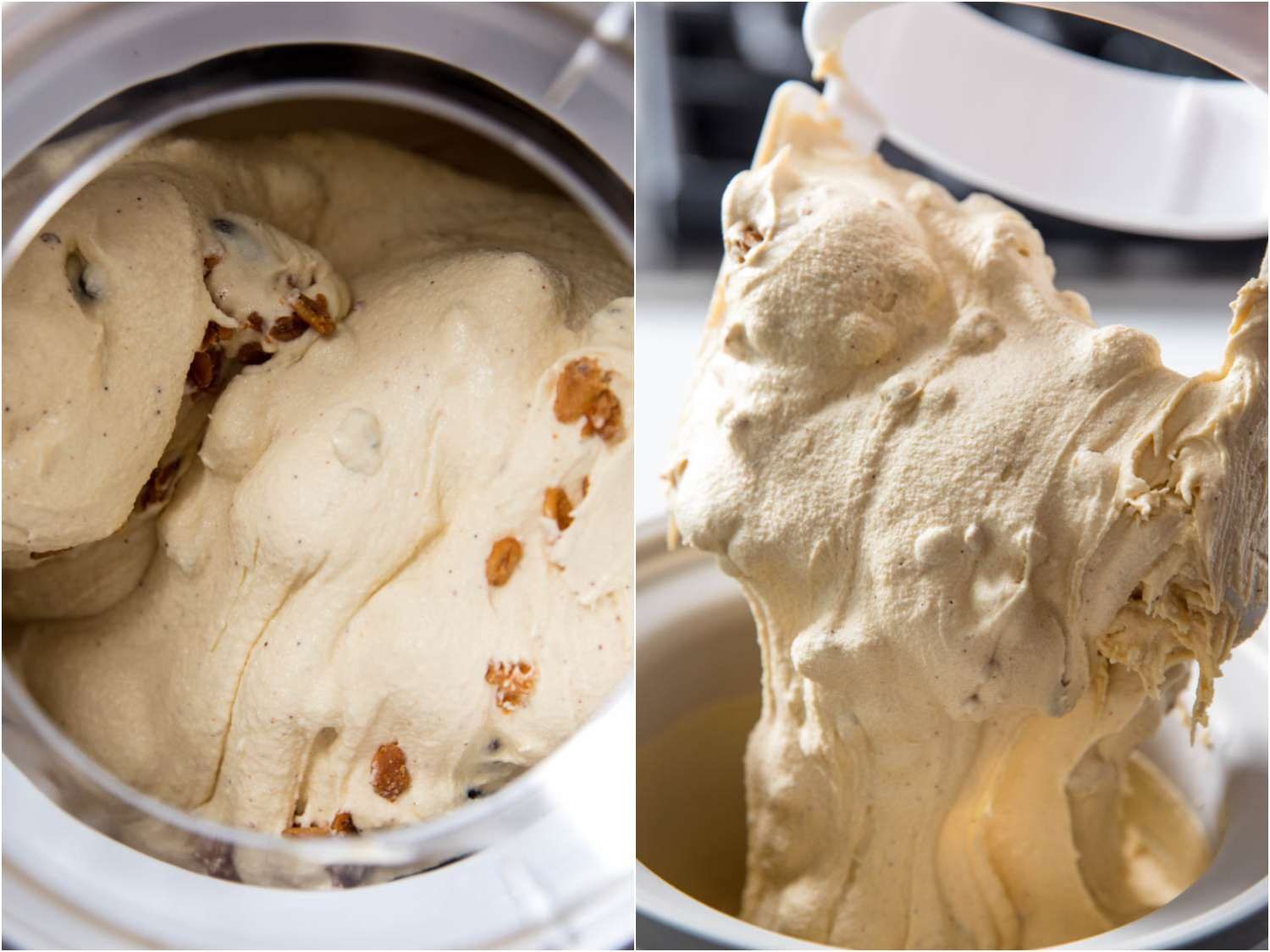
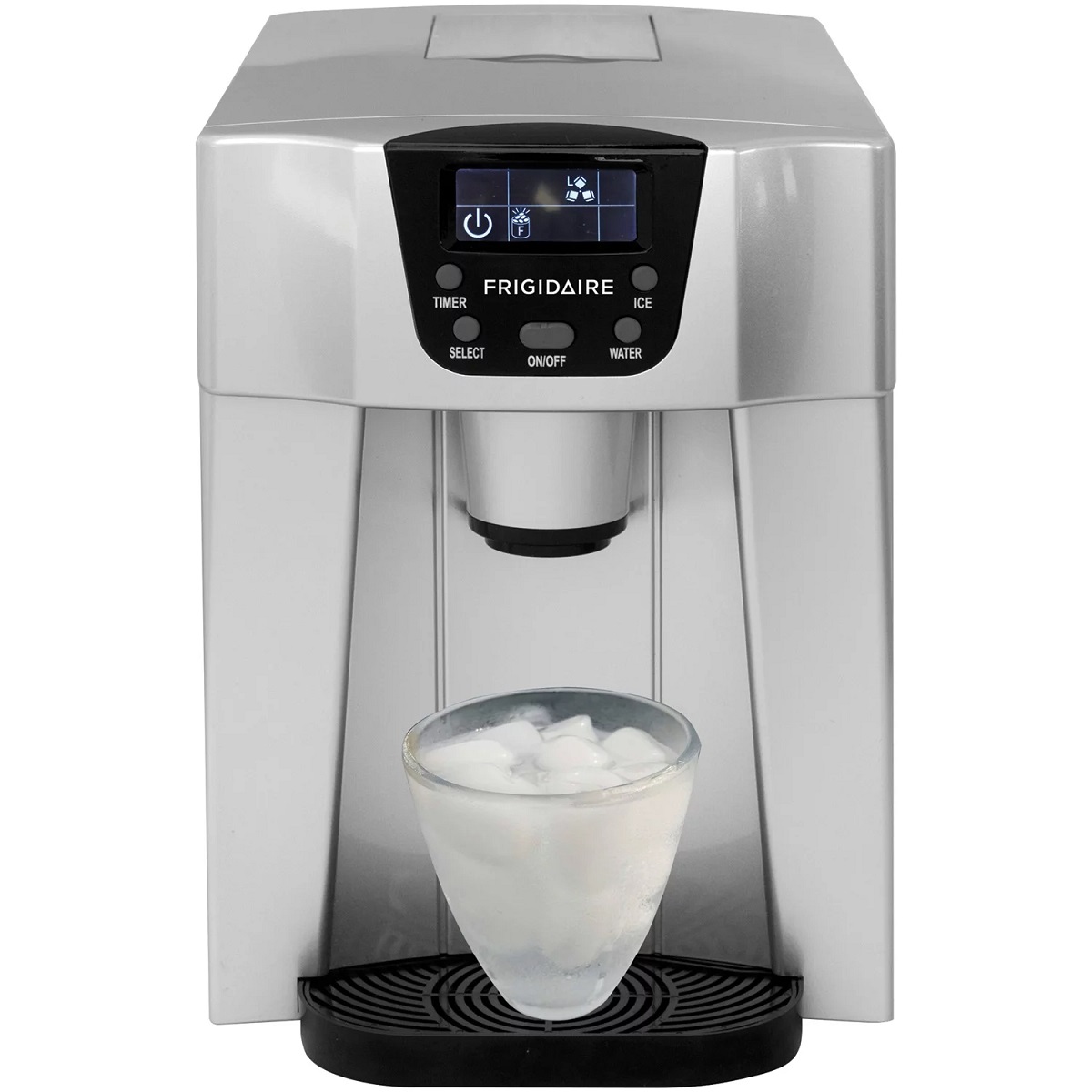
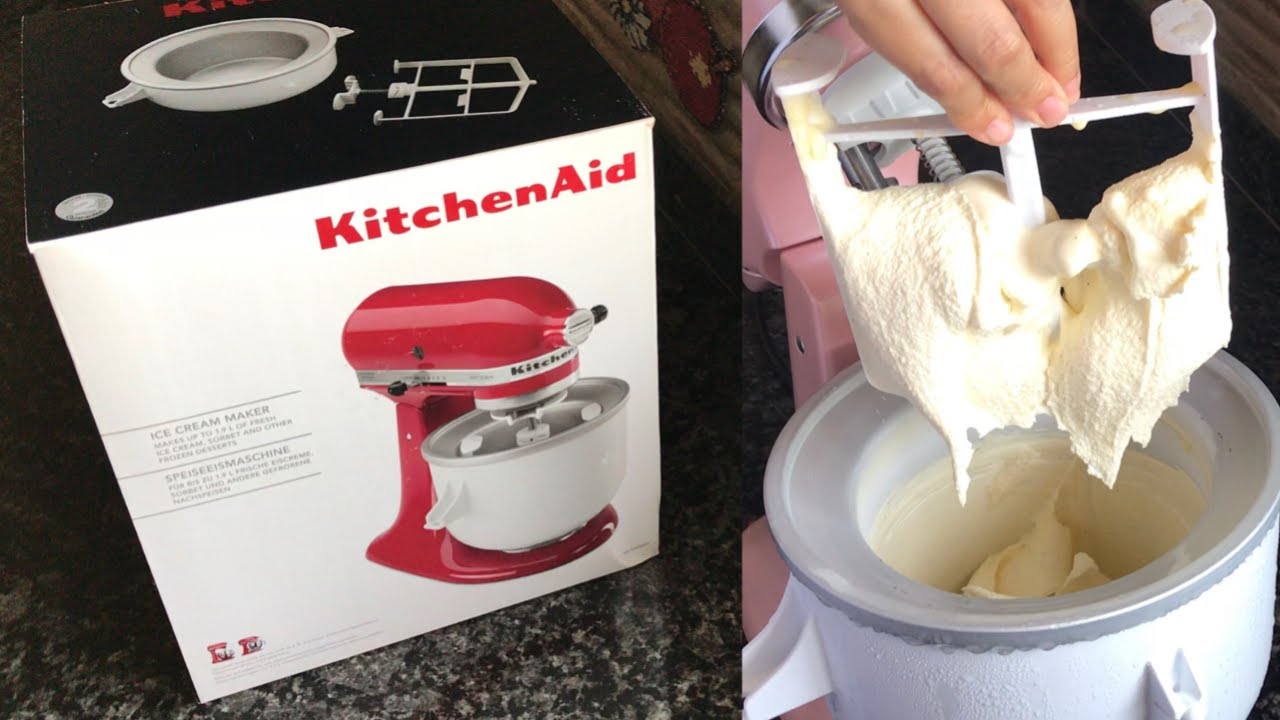

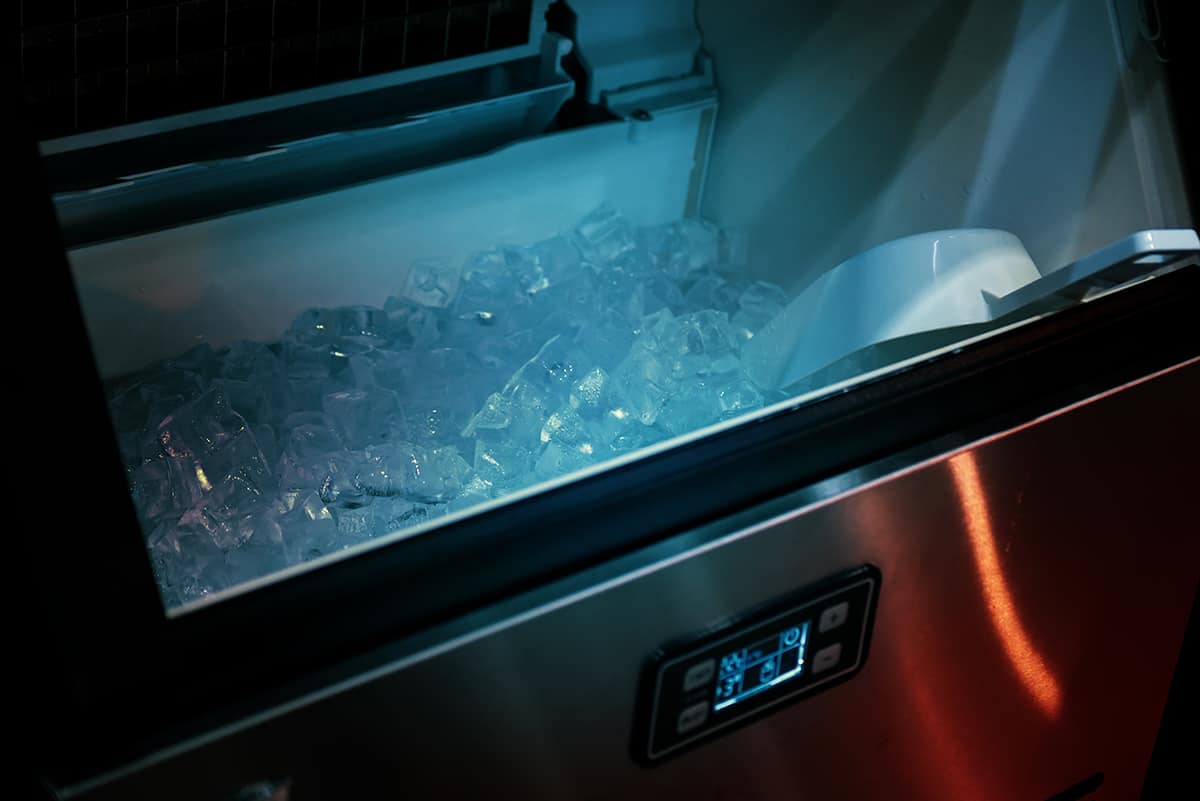
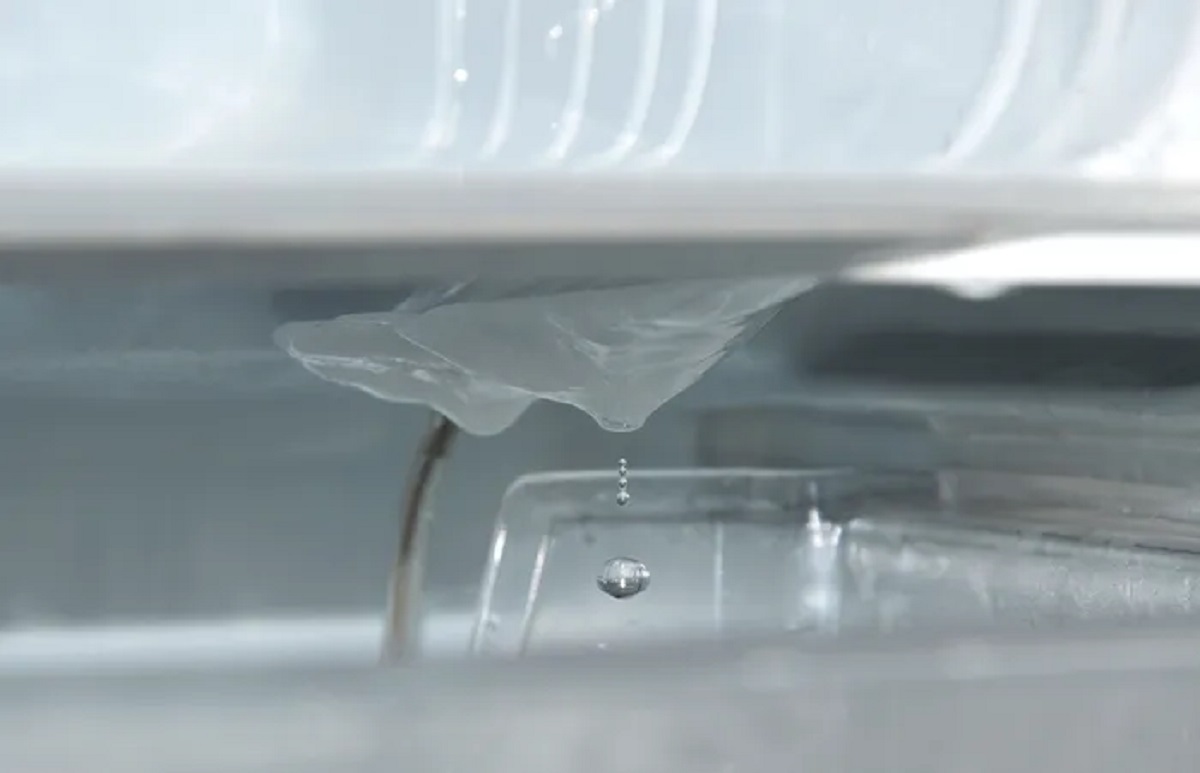
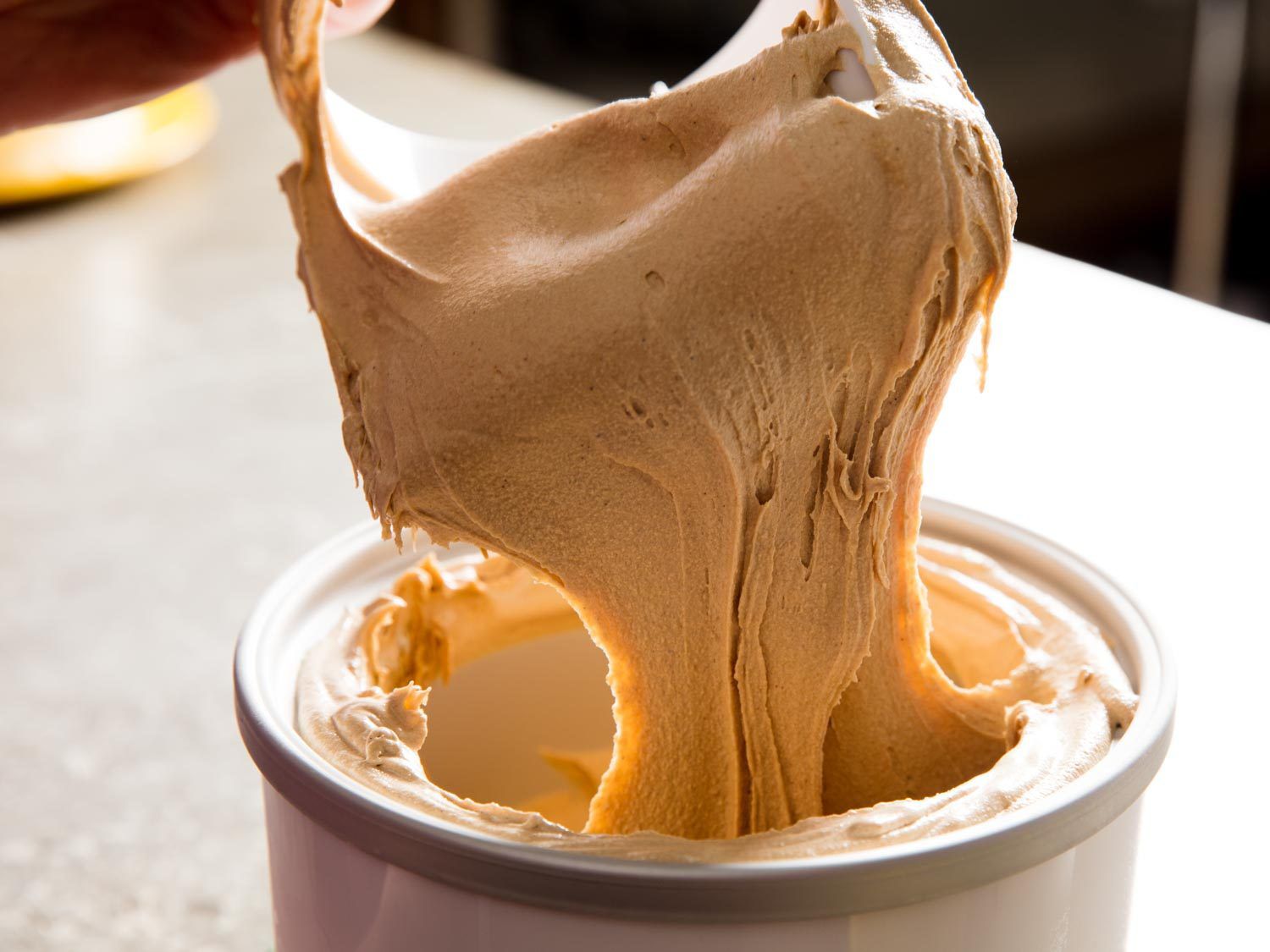
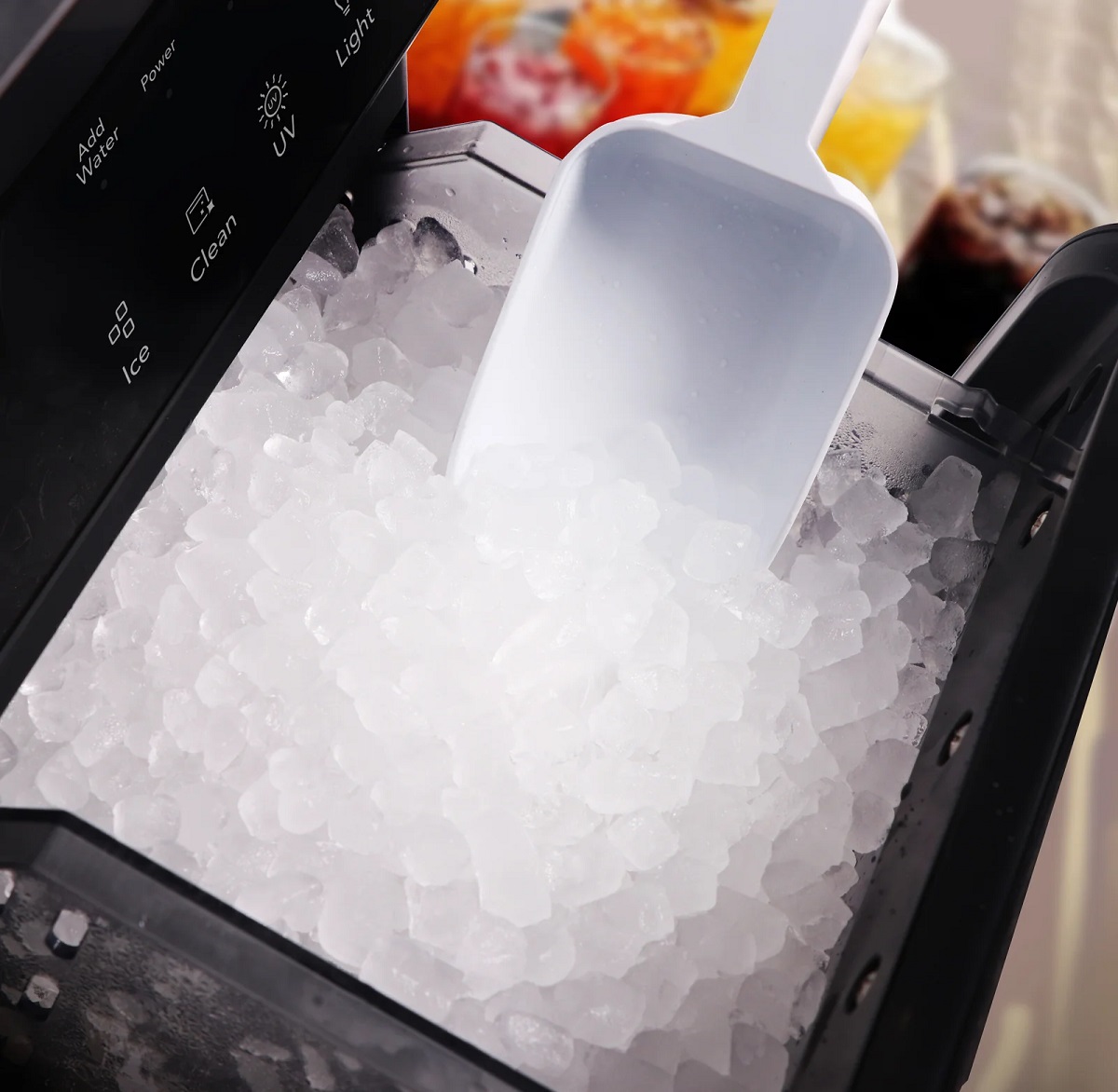
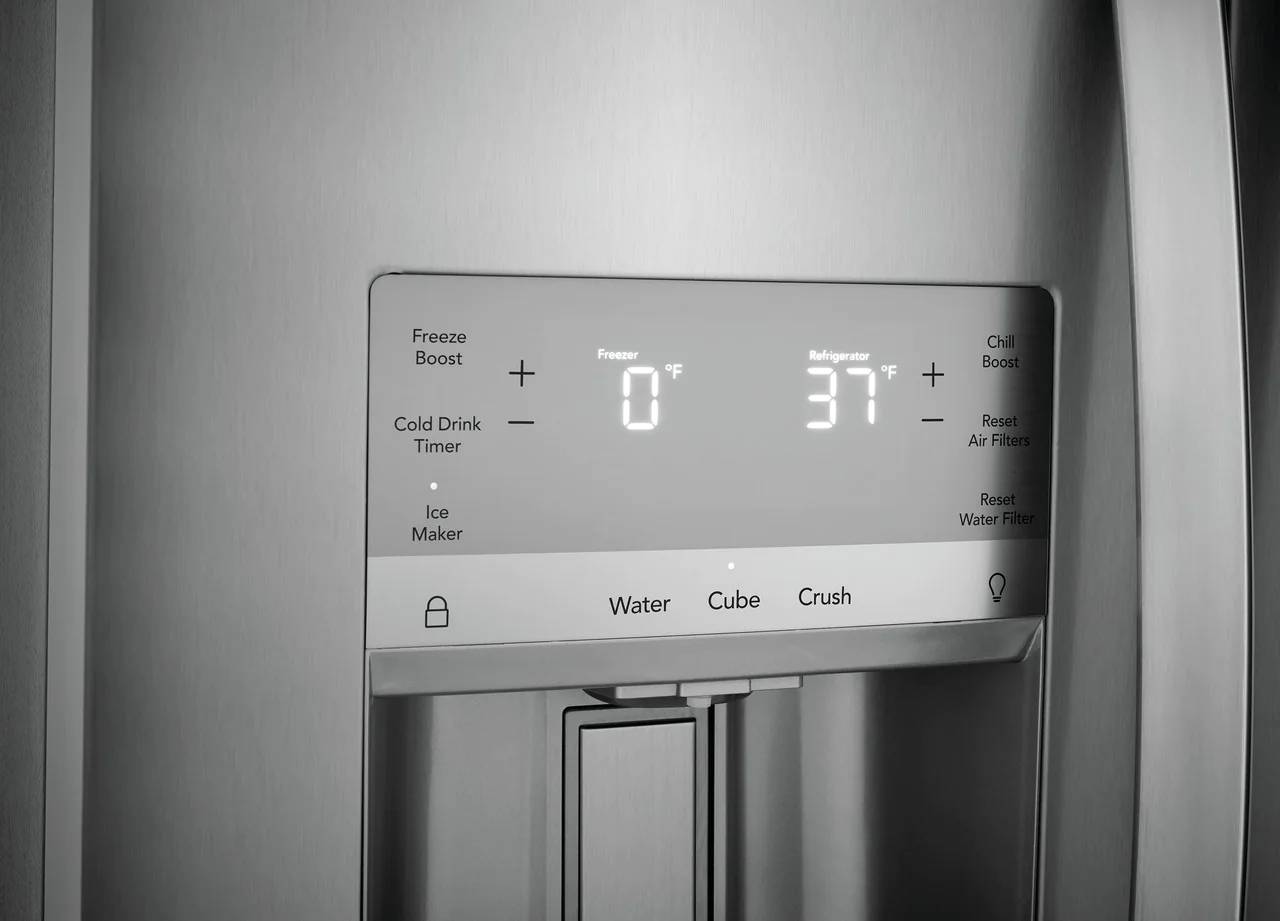
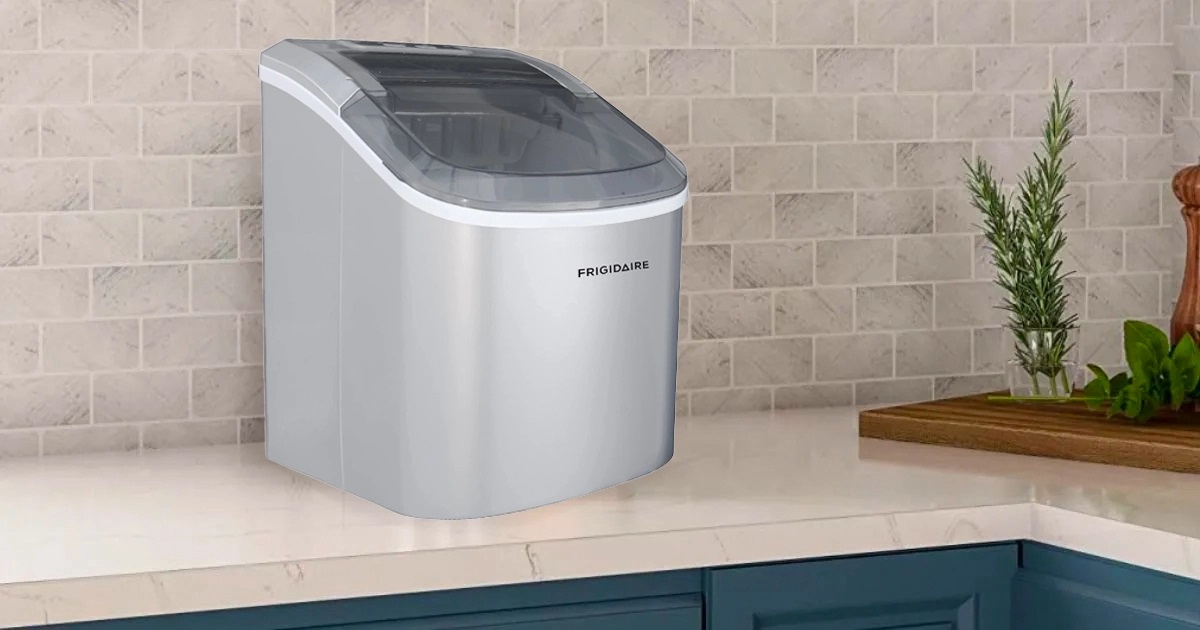
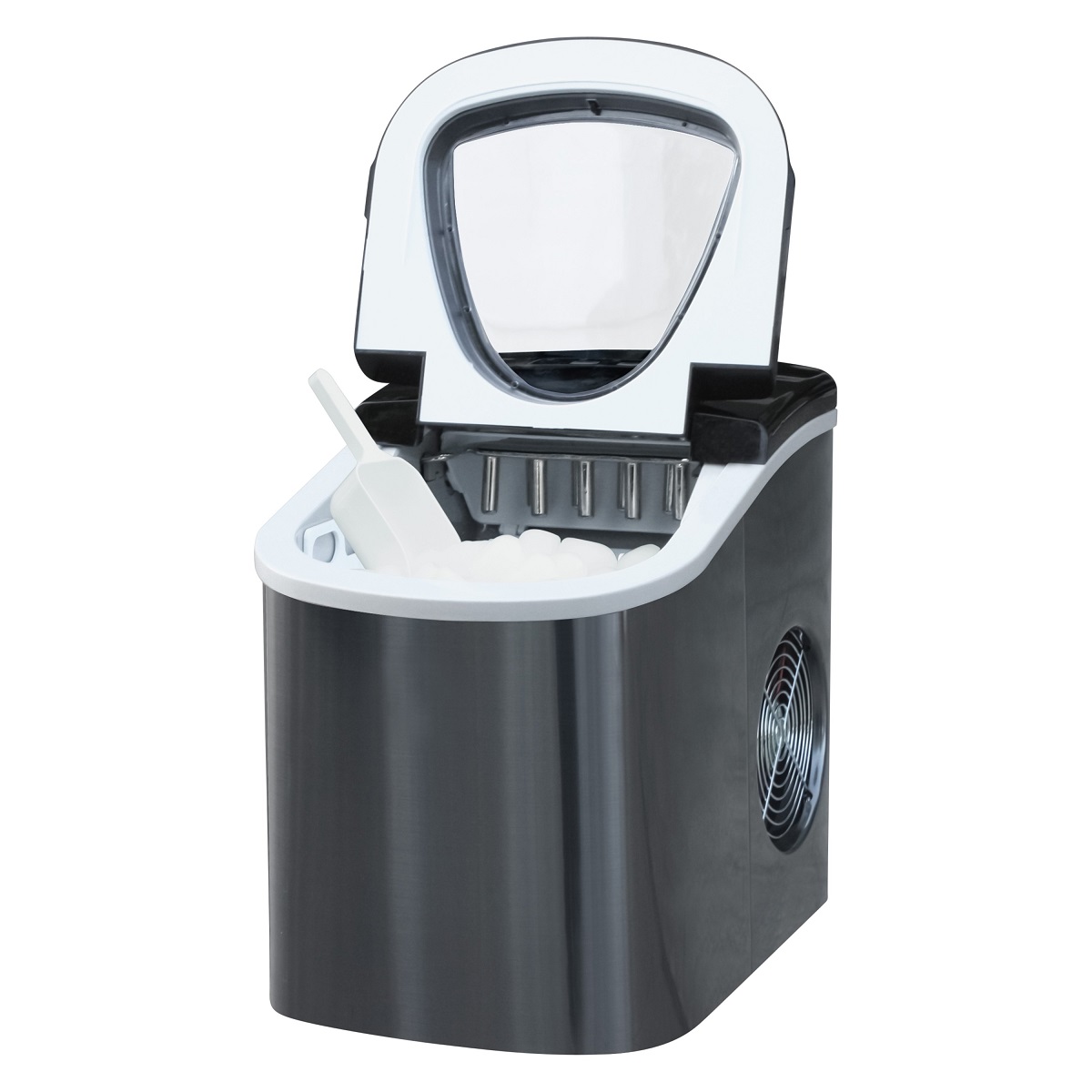
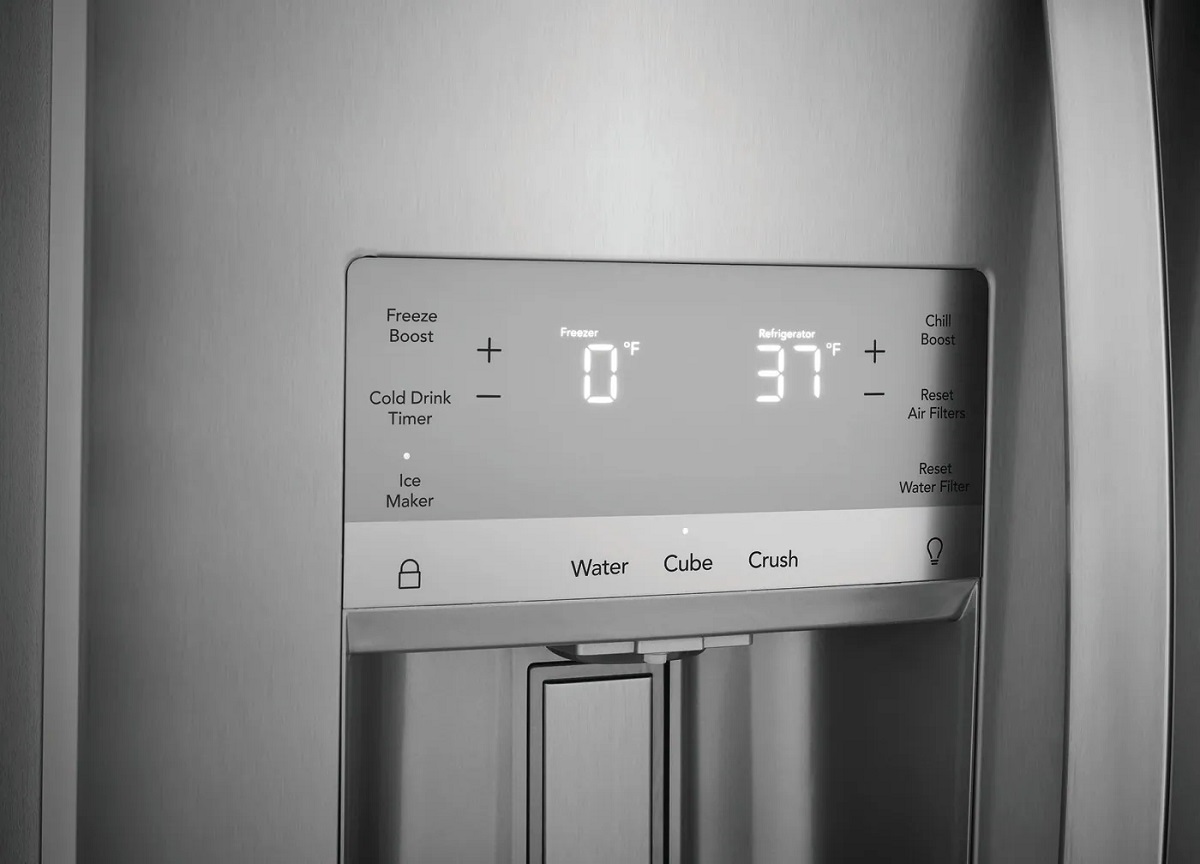
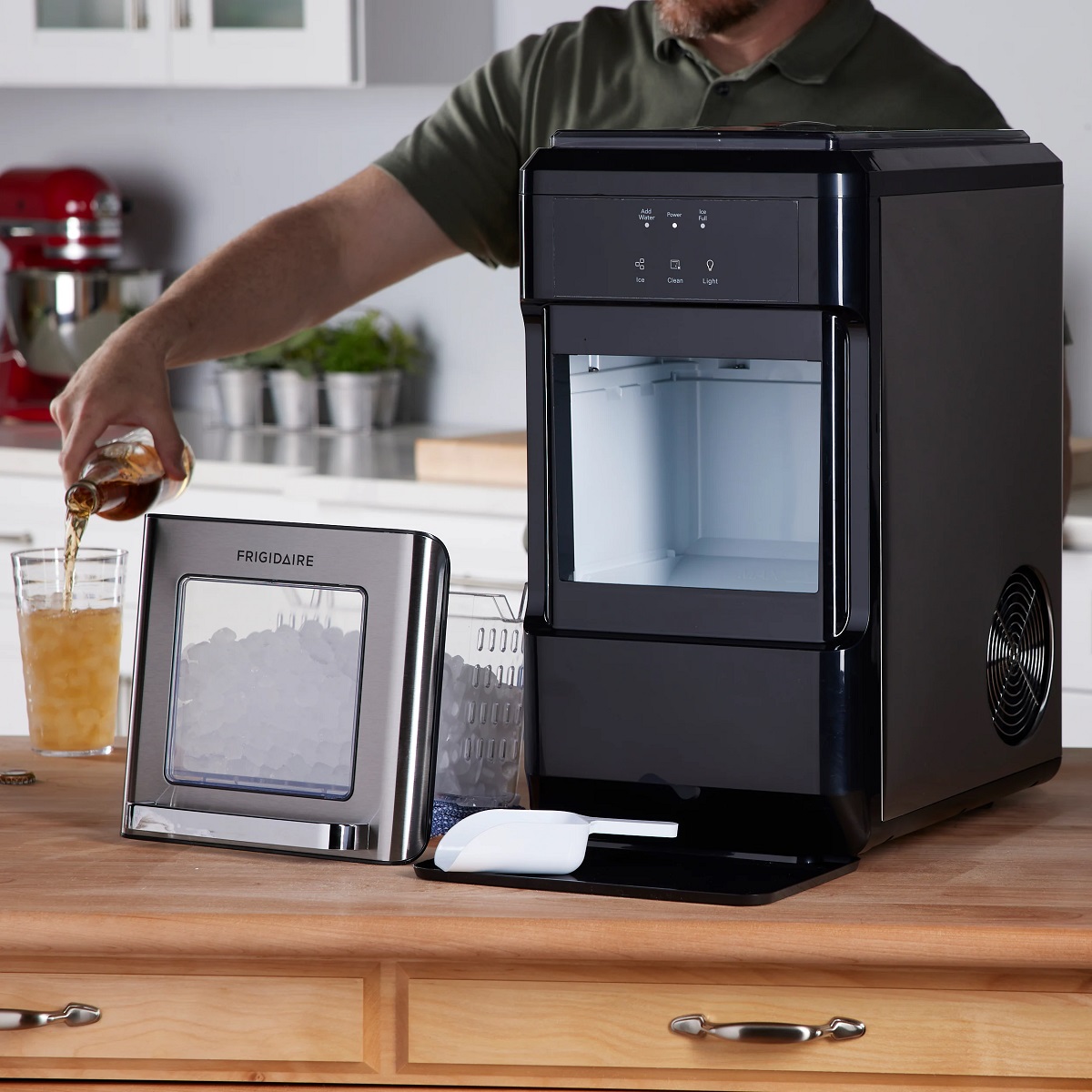

0 thoughts on “How Long Does It Take A Frigidaire Ice Maker To Make Ice”